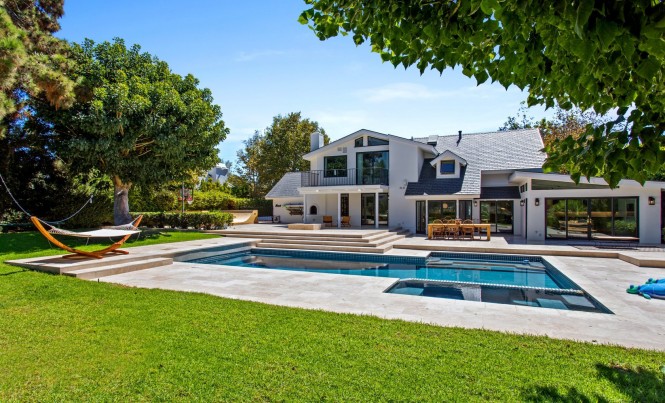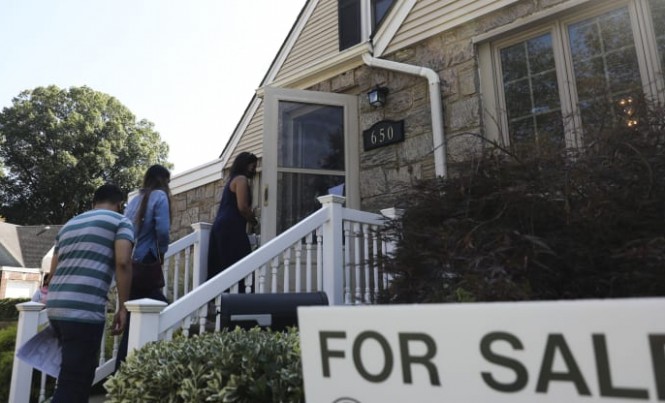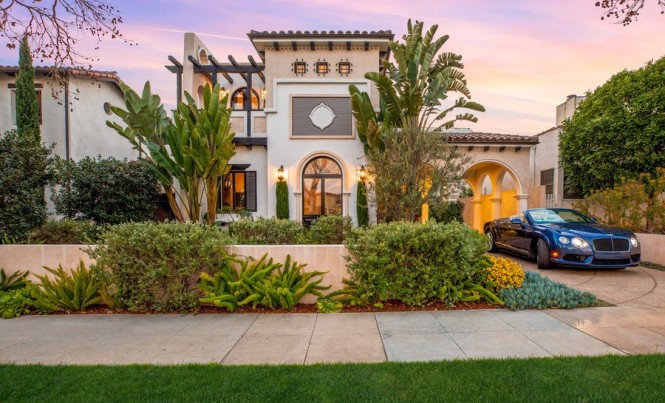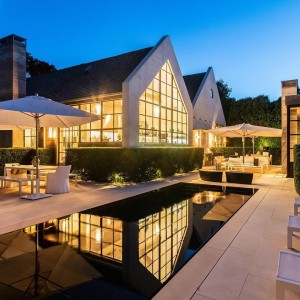Can I have friends over for dinner?
I’m going to say a provisional yes.
After over three months of total self-isolation in which I went without any IRL social interaction at all, I understand the importance of spending time with friends and loved ones. In the last month or so I’ve hosted and attended several outdoor dinner parties, from a low-key meal with takeout dumplings on paper plates (I hosted) to a multi-course home-cooked extravaganza with cloth tablecloths and fresh floral centerpieces (my friend hosted), and each gathering has felt deeply soul-restoring and even essential.
That said, COVID is as deadly as ever, and this pandemic is far from over. We simply can’t afford to go back to sharing meals or spending time with friends and family in the same ways we used to.
It’s not an exaggeration to say that the choices we make about socializing this summer have life-and-death stakes, not just for us but for everyone we come into contact with. It’s extremely important to get it right.
Does it matter if we’re indoors or outdoors?
It matters a ton! Unfortunately there is simply no safe way to eat and drink with other people indoors (unless everyone is fresh from weeks or months of strict quarantine). The absolute best way to get COVID is to spend maskless time inside with others, especially if there is eating and laughing and talking involved. Every small gathering risks becoming a super-spreader event.
The good news (and there is good news!) is that hanging out outside while social distancing is relatively safe. COVID droplets disperse rapidly in the open air, and if you’re keeping your face far from other people’s faces, you are highly unlikely to get sick or get them sick.
Just don’t let the mere fact of being outside lure you into a false sense of safety. It’s still essential to keep your face out of droplet range of others. If you’re not socially distanced from someone, wear a mask. This can be hard for kids to remember, and it’s hard for some adults too.
Some options for socially distant outdoor dinner parties in yards, courtyards, driveways, or parks:
➤ You and your guest can sit at opposite ends of a large picnic table (pretend you are Belle and the Beast in Beauty and the Beast).
➤ Each person or household can sit at separate tables that are at least six feet apart. It’s possible to carry on a shared conversation this way, especially if everyone sits so that they are facing the people at the other table(s). I have a couple different friends who host gatherings like this once or twice a week, and after a while it seems almost normal.
➤ Everyone can bring individual camp chairs and/or picnic blankets and position them within conversational range (but out of COVID range) of each other. You can also use individual folding tray tables to pair with folding chairs.
➤ Bathrooms are an issue. At the social gatherings I’ve hosted and at some I’ve attended, people have briefly gone inside one at a time while masked to use the facilities. It’s not riskless, but it’s relatively low-risk. If you are not planning to provide bathroom access, be sure to let people know in advance so they can plan accordingly.
Should we only invite people who have tested positive for antibodies? And do we just take people at their word?
Antibody tests are basically irrelevant. For one thing, they are not that accurate. According to the CDC, you might get a false positive if you’ve had other coronaviruses such as the common cold, and you might test negative even if you currently have COVID, since it can take 1-3 weeks for antibodies to show up after infection. You might test negative if you already had COVID, since antibody levels tend to plummet within a few weeks or months of infection. And even if you get a positive test result that was completely accurate at the time you took it, we simply don’t yet know how much protection antibodies offer and for how long.
Meanwhile COVID tests in their current form aren’t much better. False negatives are very common, and results can take a long time to arrive.
Scientists are working on developing cheap take-at-home COVID tests that people can take every day, like pregnancy tests. Something like that seems like it could instantly transform our lives into a nonstop round of indoor dinner parties. But we’re not there yet.
In the absence of reliable testing, we have to rely on our own risk-reducing behavior and the behavior of those around us. If you’re considering being unmasked indoors with someone, ask yourself, “Would I trust this person with my life? Should they trust me with theirs?” because that is what you are both doing.
Is it wrong to invite a friend of a friend, or someone that the group is less familiar with? As the host, should I share the full guest list with everyone so they know who’s joining?
It’s always nice to let other people know who will be at a gathering, but this is more of a courtesy issue than a safety issue. Your baseline assumption should be that everyone you invite might be contagious. This goes for your best friends as well as for strangers.
Do we need to avoid using the same utensils or pouring wine from the same bottle?
Surfaces aren’t a major mode of transmission for COVID. In fact, worldwide, there is only one possible documented case of someone getting COVID from a surface, so it’s highly unlikely you are going to get COVID from touching a bottle. That said, it can’t hurt to provide hand sanitizer at the table for guests, and if you want to provide separate bottles of wine for each household, I imagine nobody would complain.
The main risk in pouring wine from a shared bottle is less the contact with the bottle itself than the proximity to others. For this reason it makes sense to set up a buffet station where people can serve themselves food or drinks one at a time.
When it comes to sharing utensils, it matters whether you’re sharing communal salad tongs (low risk) or your own personal dinner fork (not recommended).
How should I prep guests? Pre-dinner email?
An email is a great idea. There’s so much variation in behavior these days—some people are acting as if the pandemic is a thing of the past, while others are scrupulously masking and social distancing. I’ve felt incredibly awkward and scared when friends-of-friends have gone in for a hug the second they meet me (I’m not even hugging my family and closest friends right now!). Meanwhile, I feel fine about taking off or lowering my mask outdoors when I’m socially distant, but I know that this choice can freak other people out.
In order to make sure everyone is on the same page, it’s helpful to spell out the protocols for your dinner party in your email (what are your expectations and plans regarding masking, social distancing, bathroom use, etc.?). That way guests know what to expect, and they can either adapt their behavior to the norms you set or stay home.
What about renting a house with friends? How can we safely share space?
Again, there is no truly safe way to be unmasked indoors with people unless you have all been strictly quarantining for weeks.
I do know several people who are quarantining in preparation for vacation with people outside their households. One friend and her husband and daughter are planning to share an AirBnB with another family. She says,
This is a family we’re very close with, who we have a lot in common with (interests, temperaments, parenting philosophies), and who like us have been strictly sheltering-in-place/quarantining since March. We wouldn’t consider it with any other family we know. We have been having regular awkward yet necessary conversations to ensure we’re on the same page about what we are and are not comfortable with, not unlike convos you might have with sexual partners. We’re taking it very seriously.
If you aren’t up for these awkward conversations, your best bet is to find a place where you and your friends can stay in nearby houses, cabins, or camp sites, so you can spend socially distant time together outdoors and then retreat to your own separate spaces. As another friend reports,
My friend crew here in Maine just did our annual queer camping trip … Different campsites for all pods, food handled separately, but then we’d gather (mostly distantly, and again myself and my s.o. hung back from group portions that weren’t distancing) around the fire.
It’s hard to accept that we have so many more months of masking and distancing ahead of us, but if we find safe ways to spend time together now, we can increase our odds of enjoying some old-fashioned, air-conditioned, mask-free, socially-close friend time sometime in 2021.
Originally posted by curbed.com. Written by Briallen Hopper.












